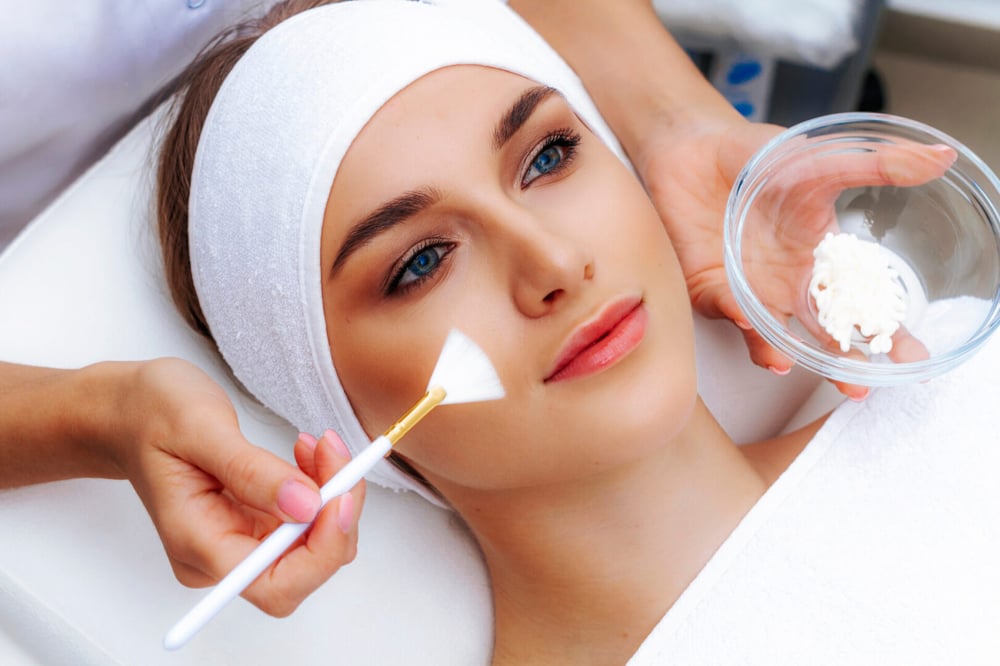Oily skin can be both a blessing and a curse. While excess oil can keep skin looking plump and youthful for longer, it often brings along a host of unwanted issues—shiny complexion, enlarged pores, frequent breakouts, and an overall greasy texture. For individuals seeking a solution that addresses these concerns without damaging the skin barrier, cold peels have become a topic of interest. And if you're looking for a skin refresh that caters to this skin type, Cold Peel in Dubai is gaining popularity as a gentle yet effective solution.
Understanding Oily Skin
Before diving into treatment methods, it’s essential to understand what causes oily skin. Sebaceous glands under the surface of your skin produce sebum—a waxy, oily substance that hydrates and protects the skin. However, when these glands produce too much sebum, it can lead to clogged pores, acne, and a persistent greasy feel.
Common triggers for overproduction of sebum include hormonal changes, stress, environmental factors, and even certain skincare products. Oily skin tends to respond poorly to harsh exfoliants or aggressive treatments, often resulting in rebound oil production. This is where cold peels offer a more balanced, skin-friendly approach.
What Is a Cold Peel?
Unlike traditional chemical peels that rely on heat or strong acids to exfoliate the skin, a cold peel is a non-invasive, low-irritation treatment. It works by applying a specialized solution at low temperatures that gently encourages cell turnover, removes surface impurities, and revitalizes the skin—all without the redness or peeling typically associated with more intensive treatments.
Cold peels contain mild exfoliating agents and calming ingredients, making them suitable for sensitive or reactive skin types. Their controlled formulation helps regulate oil production while soothing the skin, creating a harmonious treatment for oily and acne-prone individuals.
Why Cold Peels Work for Oily Skin
The unique appeal of cold peels lies in their dual-action approach. They not only cleanse and exfoliate but also calm inflammation and reduce excessive sebum production. Here's how:
1. Sebum Regulation
Cold peels often contain ingredients like salicylic acid or lactic acid in gentle concentrations. These acids penetrate deep into the pores and dissolve built-up oil and dead skin cells, helping to balance the skin’s oil levels over time.
2. Non-Irritating Exfoliation
Oily skin is prone to irritation when over-exfoliated. Cold peels minimize the risk of inflammation and avoid stripping the skin of essential moisture. The result is a clearer, smoother texture without the harsh side effects.
3. Pore Minimization
By deeply cleansing the pores and reducing oil build-up, cold peels help minimize their appearance. Over time, consistent treatments can lead to tighter-looking skin with fewer breakouts.
4. Improved Skin Tone and Texture
Excess oil often contributes to uneven skin tone and rough texture. Cold peels enhance skin clarity and promote a more even complexion, reducing the dullness typically associated with oily skin.
What to Expect During the Procedure
The process is typically quick, lasting around 20–30 minutes. After cleansing, a cold peel solution is applied and left to work on the skin for a designated time. There’s no burning sensation—just a cool, soothing feel. Some might experience slight tingling, but discomfort is minimal.
Post-treatment, there’s no need for downtime, and you can return to your routine immediately. Some individuals may notice a slight flaking a few days after the session, which is a natural sign of the skin shedding dead cells.
Best Practices for Oily Skin After a Cold Peel
To get the most out of your cold peel, it’s important to maintain a proper skincare routine:
- Hydration is Key: Don’t confuse hydration with oil. Use lightweight, non-comedogenic moisturizers to keep your skin balanced.
- Sun Protection: Cold peels make your skin more sensitive to the sun. Always apply a broad-spectrum sunscreen with SPF 30 or higher.
- Skip Harsh Products: Avoid retinoids, scrubs, or alcohol-based toners immediately after the peel.
- Stay Consistent: For long-term results, regular cold peel treatments every few weeks can help regulate sebum and improve overall skin clarity.

Who Should Consider a Cold Peel?
Cold peels are a fantastic option for individuals with oily or combination skin who struggle with frequent breakouts, blackheads, and dullness. If you've tried countless over-the-counter products with little success or want a treatment that supports long-term skin health, cold peels are worth exploring.
However, it's essential to have a skin analysis before any treatment to ensure that it's the right fit for your concerns and skin type. Since oily skin can be caused by various internal and external factors, personalized care is always best.
Final Thoughts
Cold peels are carving a space in the skincare world for good reason. Their ability to gently exfoliate, soothe, and regulate sebum production makes them an ideal choice for those battling oily skin. Unlike harsher treatments, cold peels work in harmony with your skin's natural barrier, leading to long-term clarity and balance. For those living in a climate where heat and humidity exacerbate oily skin conditions, Cold Peel Dubai stands out as a modern and effective option worth considering.
By understanding the science behind cold peels and maintaining a supportive skincare routine, oily skin doesn't have to feel like a lifelong challenge. With the right approach, it can be transformed into a healthy, radiant canvas.

